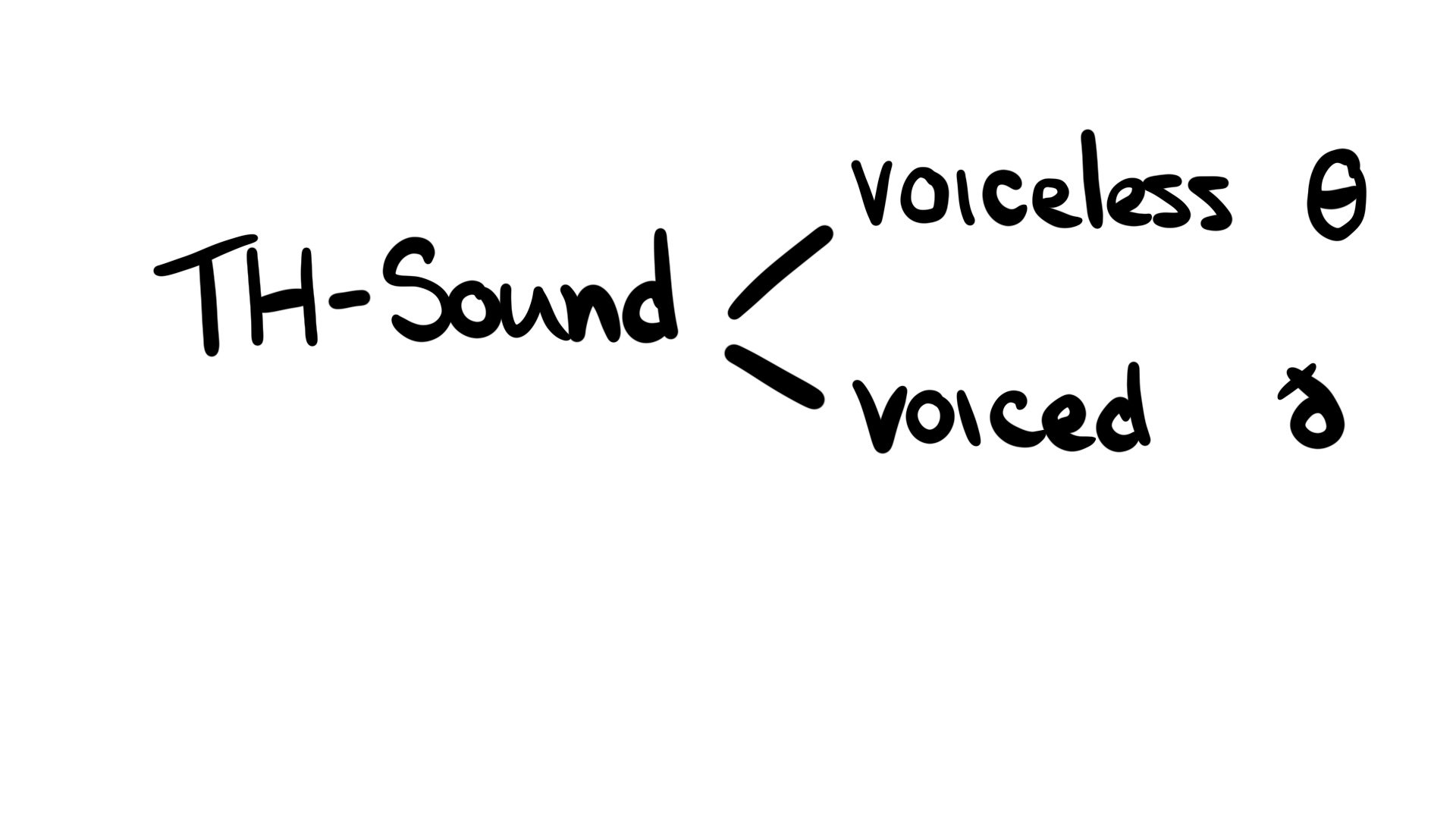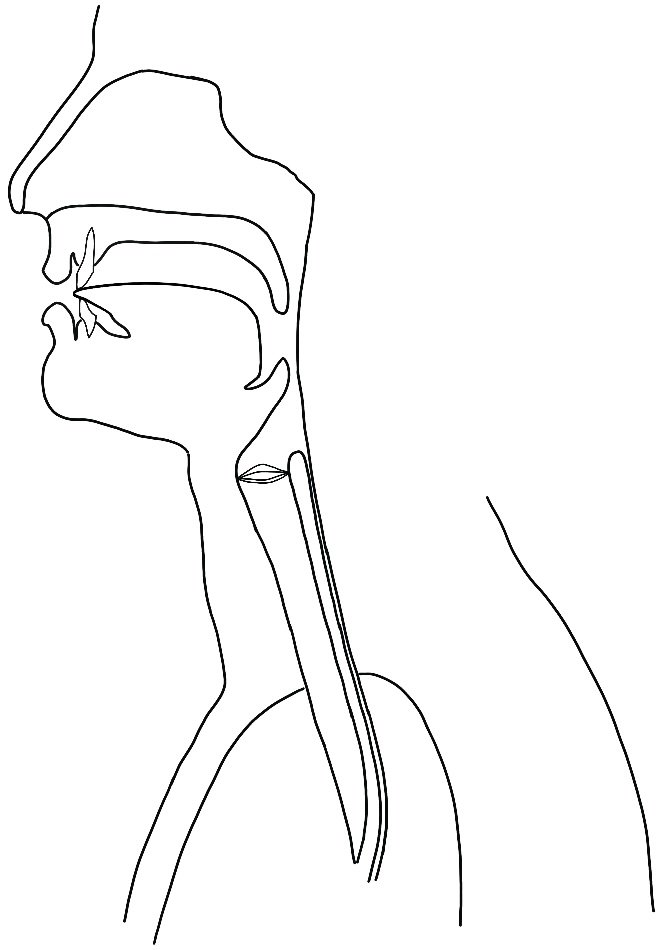The Voiced TH-Sound
Part two this week. TH-sound but voiced.
Now, remember that the TH-sound is an interdental fricative. It can either be voiced or voiceless based on whether the vocal cords are vibrating.
We’ll talk about the voiced TH-sound today. Check here for the voiceless TH-sound.
THE SOUND
The voiced TH-sound /ð/ is a voiced interdental fricative. It is voiced so your vocal cords are vibrating. The place of articulation is between the teeth. This means the tongue makes contact lightly with the upper and lower teeth so contact between the tongue and the teeth is the area of focus. It is a fricative so narrowing occurs and the sound is turbulent.
Verbal cues
For the TH-sound, the tongue tip protrudes forward past your teeth.
That’s right, you are sticking your tongue out slightly for a brief split second.
So just remember, the tongue comes out.
Visual Cues
For the voiced-TH sound, the biggest visual cue is your tongue sticking out. IT should be subtle but present. Use a mirror as your guide. If you barely see your tongue stick out, that’s good! If you don’t even see it come out, then you may not be producing the right sound.
Tactile Cues
There are several tactile cues you should notice when producing the voiced TH-sound.
There is vocal cord vibration. So if your hand is on your neck, you should feel a buzzing vibration with the TH-sound.
The tip of your tongue should be protruding past your teeth. If you were to breathe in while keeping your tongue in this position, the tip of your tongue should feel slightly colder.
You should feel your teeth against your tongue - especially your top teeth.
You should not have to bite down or press hard against your teeth. We aren’t trying to bite down on our tongue, just contact. The stronger the contact, the more emphasized the TH-sound.
THE SOUND IN DIFFERENT POSITIONS.
Here's the sound in different positions of a word.
BEGINNING OF THE WORD - that, those, though, them, these, themselves, therefore
MIDDLE OF THE WORD - feather, brother, either, clothing, bathing, another
END OF THE WORD - breathe, seethe, clothe, bathe, loathe
*NOTE - Notice how the TH-sound must have the TH-letter combination.
SITUATIONS THAT SEEM LIKE THE SOUND BUT AREN'T
pothole, adulthood, courthouse, lightheaded, outhouse, parenthood, apartheid - In these words, although there are a TH-letter combination, the T-letter and H-letter are part of two separate and distinct syllables. In other words, these words can be split up. pot-hole, adult-hood, court-house, light-head-ed, out-house, parent-hood, a-part-heid. Since, when they can be split up, the T and H are no longer together, the sounds are produced as a distinct T-sound and H-sound instead of a TH-sound.
Thomas, thyme, Thailand - For these specific words, the TH-spelling reflects a T-sound. I don’t know the reason so you might simply need to memorize this one.
There are some words where the TH-sound is voiceless. However, the spelling is still “TH”. Compare words from the voiceless TH-post here. This is probably the group of words that will be the most confusing for pronunciation because they also are TH-sound words - just the voiceless TH-sound.
WHY IT MAY BE HARD
TH-Sound Are Rare In Languages
Very few languages in the world have a TH-sound. English happens to have two TH-sounds. Unlike other sounds, most non-native English speakers have no past experience with the TH-sound. Whereas other languages may have a B-sound or an S-sound and can be used in English, you don’t get that with TH.
As a result, non-native English speakers substitute the TH-sound with a sound they ARE familiar with.
This is why Chinese speakers may substitute the TH-sound with a F, T, D, or S sound instead.
‘These’ and ‘those’ becomes ‘Dese’ and ‘Dose’.
Voiceless versus Voiced TH-Sound
There are no hard rules about when a word contains either a voiced TH-sound or a voiceless TH-sound.
However, there are certain regularities that may help you guess. This is the same list as mentioned in the voiceless TH-sound post.
TH at the beginning of a word:
In a majority of cases, nouns and verbs starting with TH are voiceless /θ/ (e.g. threat, thought, think, throw)
Grammar words and pronouns usually begin with the voiced /ð/ (e.g. they, them, their, the, this, that, these, those, then, there, than, thus, though, therefore)
TH in the middle of a word:
Most English words have a voiced /ð/ in the middle (e.g. father, mother, brother, rather, further, together, weather, whether)
Most loan words (words borrowed from another language) have a voiceless /θ/ in the middle, (e.g. cathedral, enthusiasm, ethics, mathematics, lethal, method, mythical)
TH at the end of a word:
Nouns and adjectives usually end in a voiceless /θ/ (e.g. bath, cloth, breath, tooth, teeth)
Verbs usually end in a voiced /ð/ (e.g. breathe, loathe, soothe, writhe)
WHAT TO DO
So let's say you do have trouble with your voiceless TH-sound. What can you do about it.
Remember the features of the voiceless TH-sound.
Place of articulation - Brief contact between your tongue tip between the teeth. Your tongue should notably lightly contact the upper teeth.
Manner of articulation - Frication. Airflow is continuous and escapes around the tongue over top of tongue. It is turbulent. The sound keeps coming out as long as you have air from the lungs to continue the airflow.
Voiced or unvoiced - voiceless (this means the vocal cords do not vibrate while producing the TH-sound).
TIPS & EXTRA CONSIDERATIONS
Get used to sticking your tongue out. Now you don’t need to fully extend your tongue out at people. You aren’t showing off your entire tongue. But you need to start being comfortable showing a little bit.
In many cultures, sticking your tongue out is rude and so it is impolite and avoided at all costs. BUT, for the TH-sound it needs to be done to accurately produce the correct sound.
You can start practicing at home in front of a mirror. Start paying attention to native English speakers and how their tongue comes out briefly. It’s not rude when you are speaking. It is a part of making the correct sound.
If you find it easy to make one version of the TH-sound, use that as a starting point to get the other version. The ONLY difference between the voiceless and voiced TH-sounds is the addition or subtraction of voicing (i.e. vocal cord vibration during the sound). As a result, you can keep your tongue position and lip position the EXACT same and then alternate between vocal cord vibration and no vocal cord vibration to get comfortable with that aspect.
I’m breaking down every single sound down for you so that you can learn how to produce each sound in English accurately. Sometimes, we’ll have easier sounds and sometimes we’ll have harder sounds.
If you’ve grasped this sound, then great! But if you’ve got a tip that might work for others, or you took a while to produce this sound correct but something clicked for you, let me know down below in the comments. My goal is to have a community know what to do when they’re stuck!


